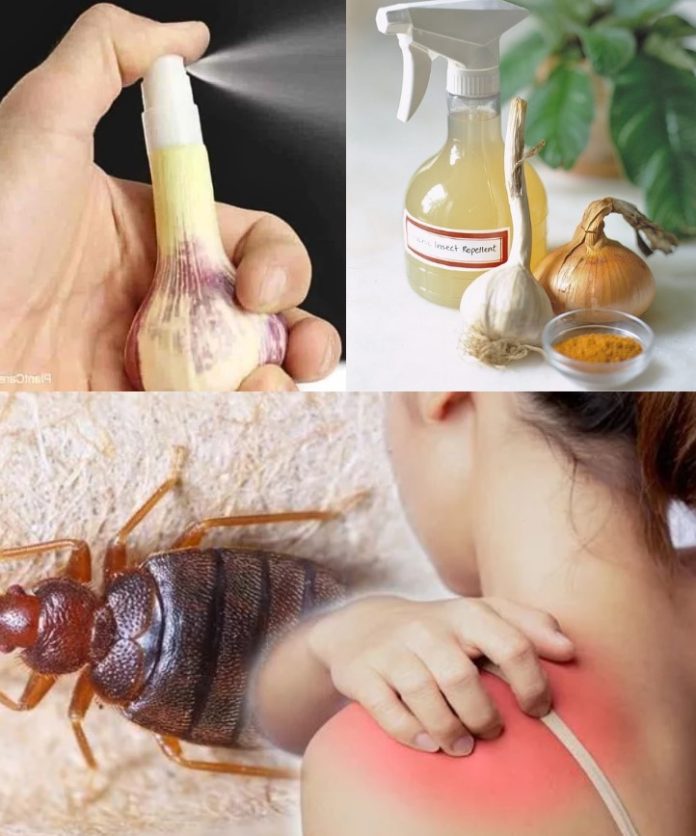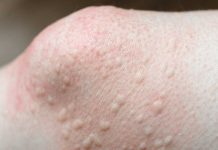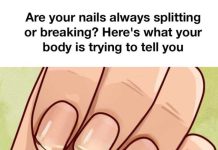Dealing with bed bugs is one of the most frustrating challenges any homeowner can face. These tiny pests are more than just a nuisance—they can disrupt your sleep, cause painful bites, and be notoriously difficult to eliminate. The good news is, you don’t have to resort to harsh chemicals to get rid of them. With a variety of natural methods at your disposal, you can ensure that your home remains a haven free from these unwanted invaders.
Why Do Bed Bugs Invade Your Home?
Bed bugs are opportunistic pests that often hitch a ride on clothing, luggage, or second-hand furniture. These blood-sucking creatures thrive in warm, cozy spaces, making bedrooms and living areas prime targets. They’re not picky about where they settle; they simply need a food source, which is often you! Homes near parks, gardens, or rural areas are particularly vulnerable, as bed bugs can easily sneak in through open windows, doors, or even laundry left outside to dry.
How to Detect Bed Bugs Early
Catching a bed bug infestation early can save you a great deal of time and effort. Here’s how to identify these pests before they become a major problem:
- Tiny reddish-brown bugs: Bed bugs are small, oval-shaped, and reddish-brown in color. You’ll often find them on your bed, curtains, or furniture.
- Black spots (bed bug feces): These tiny, dark marks are a telltale sign of bed bug activity. Look for them on sheets, mattresses, or walls.
- A musty odor: Bed bugs emit a distinct, musty odor that can be detected in heavily infested areas.
- Bite marks: Bed bug bites often appear in clusters or lines on exposed skin. They typically cause itching and discomfort, making them easy to spot.
For an in-depth inspection, check your curtains, bedding, and even ceiling fixtures, as bed bugs can hide in the smallest of cracks.
Proven Home Remedies to Get Rid of Bed Bugs
1. Essential Oils as a Natural Repellent
Bed bugs are repelled by strong scents, making essential oils an excellent natural deterrent. You can make your own spray solution with just a few ingredients:
- Tea Tree Oil, Lavender Oil, or Peppermint Oil: Mix 10 drops of any of these essential oils with water in a spray bottle and mist your bedding, furniture, and curtains. The strong fragrance will send bed bugs running.
- Laundry Boost: Add a few drops of essential oil to your laundry detergent to prevent bed bugs from settling on your clothes and linens.
2. Baking Soda and Diatomaceous Earth: Natural Killers
Both baking soda and diatomaceous earth are known for their ability to dry out and kill bed bugs.
- Baking Soda: Sprinkle baking soda around your mattress, bed frame, and baseboards. Allow it to sit for several hours, then vacuum it up. This natural remedy can help dehydrate bed bugs and reduce their numbers.
- Diatomaceous Earth: This fine powder, made from the fossilized remains of aquatic organisms, is safe for humans and pets but deadly to bed bugs. Sprinkle food-grade diatomaceous earth in areas where bed bugs are likely to hide, such as along baseboards and behind furniture. It works by dehydrating the pests, ultimately killing them.
3. Vinegar and Alcohol Spray for Instant Impact
Both vinegar and rubbing alcohol have properties that can kill bed bugs on contact.
- Vinegar: Mix equal parts of white vinegar and water in a spray bottle. Spray this directly on bed bug hiding spots. Vinegar can kill bed bugs and disrupt their reproductive cycle.
- Rubbing Alcohol: Alcohol (at least 70% isopropyl) is a highly effective bed bug killer. Spray it on affected areas, and be sure to ventilate the room well, as alcohol can be overpowering.
4. Heat Treatment: The Ultimate Solution
Bed bugs are highly sensitive to heat and cannot survive in extreme temperatures.
- Hot Water: Wash all bedding, clothes, and fabrics in hot water (at least 120°F/49°C). Dry them on high heat to kill any bed bugs and eggs hiding in your linens.
- Steam Cleaning: Use a steam cleaner to target bed frames, furniture, and even carpeted areas. The heat from the steam penetrates deep into cracks and crevices where bed bugs hide.
- Direct Sunlight: If possible, place infested items like clothing or bedding in a black plastic bag and leave them in direct sunlight for several hours. The intense heat will kill any bed bugs and their eggs.
Preventing Future Infestations
Once you’ve successfully banished the bed bugs from your home, it’s important to take steps to prevent a future infestation. Here are some strategies to help:
- Declutter your home: Bed bugs thrive in cluttered spaces, so keep your home tidy. This will make it harder for bed bugs to find hiding spots and breed.
- Use mattress encasements: Special bed bug-proof covers can trap any existing bed bugs and prevent new ones from reaching your mattress.
- Inspect second-hand furniture: Always check used furniture, especially mattresses and couches, for signs of bed bugs before bringing them into your home.
- Seal cracks and crevices: Use caulk to seal any gaps around baseboards, walls, and furniture. This will help keep bed bugs from entering your home or spreading to other rooms.
Final Thoughts
You don’t have to rely on harsh chemicals to combat bed bugs. By using natural repellents, targeted treatments, and preventative measures, you can eliminate these pests from your home and keep them from coming back. Start incorporating these simple yet effective strategies today, and enjoy a bed bug-free home once and for all!










